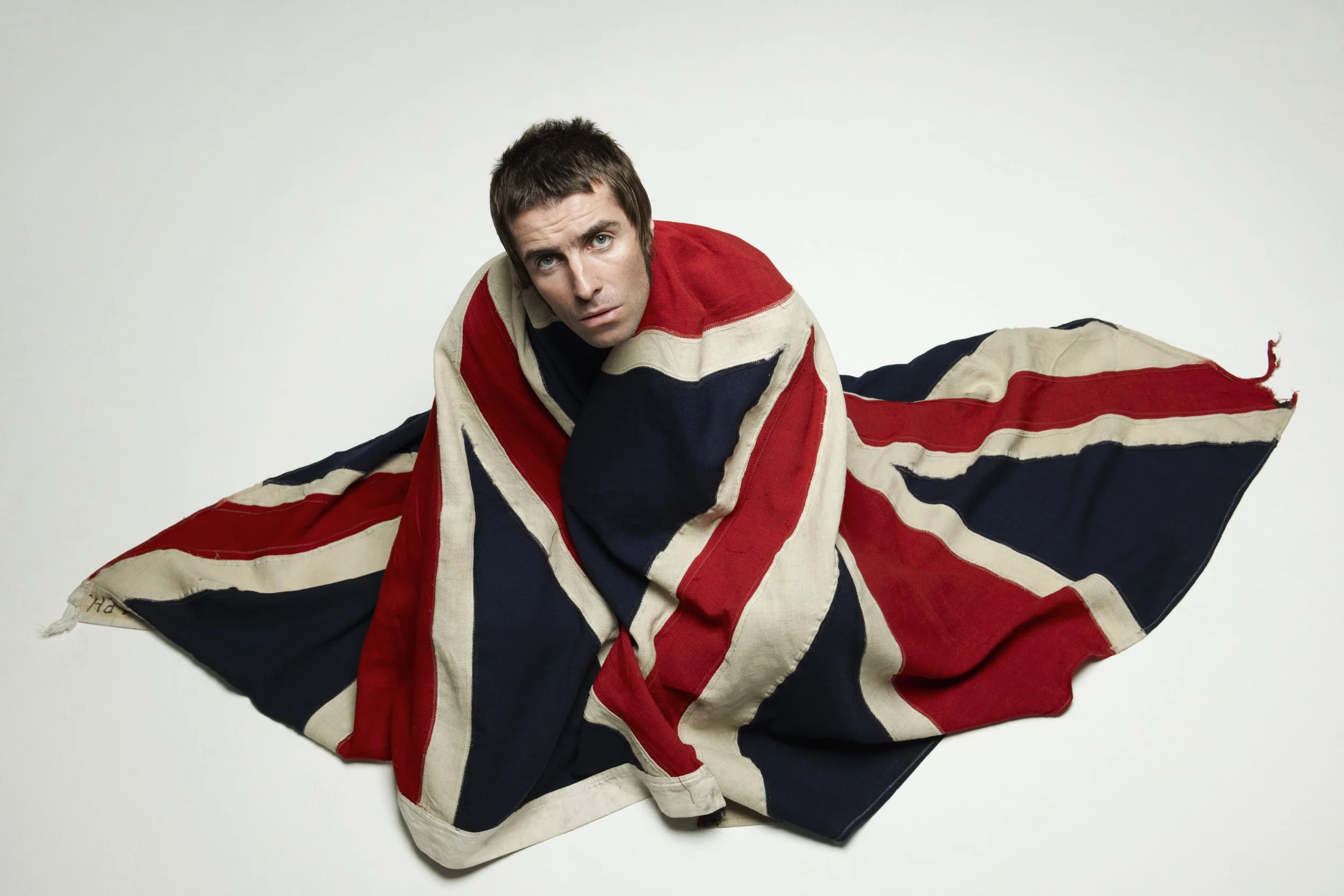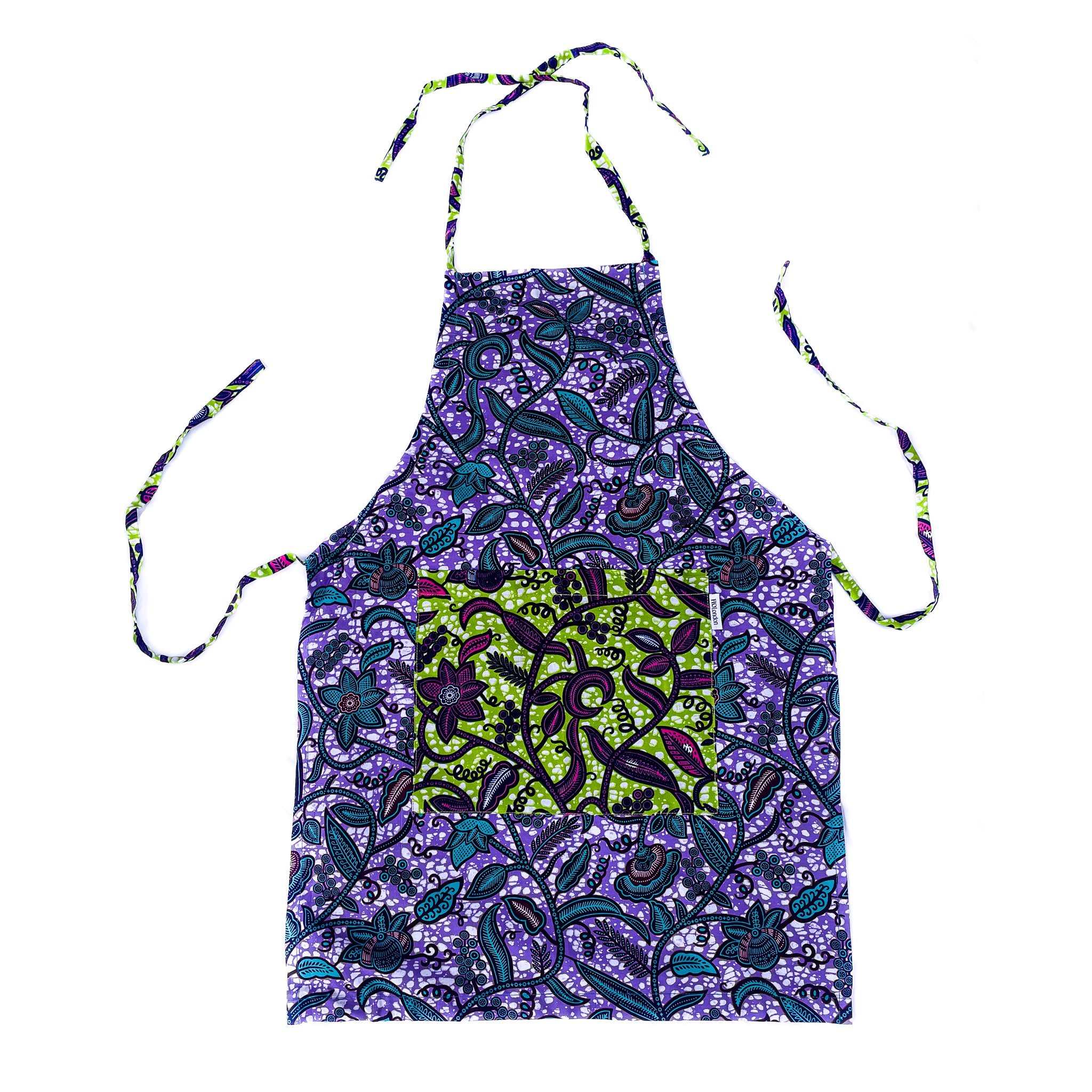In conversation with Eugene Palmer
“…I really consider my work to be more modernist, a ‘Painterly Realism’ where the process of making is never subsumed by the act of depicting…”
- Eugene Palmer
Image: Eugene Palmer
Eugene Palmer (born 1955, Kingston, Jamaica) is a figurative painter whose work explores the British black diaspora based on his own experience of leaving Jamaica for the UK at the age of nine to settle in Birmingham. Drawing on the experience of being immersed in British culture while remaining symbolically outside of it due to the colour of his skin, Palmer deals deftly with issues of race and representation all while resisting didacticism.
How did you begin your journey into art?
In the mid-1970s I completed an Art Foundation course at Sutton Coldfield College before going on to acquire a BA (Hons) degree from Wimbledon School of Art in 1978.
How would you describe your artistic style?
My artistic style has in the past been referred to as ‘Black Classicism’, but I really consider my work to be more modernist, a ‘Painterly Realism’ where the process of making is never subsumed by the act of depicting.
What messages and themes do you try to communicate in your work? How has this evolved over the years?
By the mid 1980s I had already begun to broaden my approach to the notion of ‘the subject’ in my work. Heavily influenced by my time at Goldsmiths College, where the theme of personal history and identity, as impacted by the British post-colonial legacy was rigorously analysed, the discourse around the Images of the ‘Black Subject’ began to inform my art practice. This intensely analytical nature of the Goldsmiths course continued for some years to provide me with the foundations from which I have continued my exploration of the ‘Black Subject’ predominantly through the medium of painting.
What was the inspiration behind your current exhibition Standing Still?
My new paintings featured in ‘Standing Still’ at Ed Cross are based upon two recent family celebrations, one the marriage of my youngest daughter and the other a family reunion, where four generations of my family are gathered together.
My interest in using the human form derived from archival images or photographs of his family has been the core of my painting practice since the 1980s. My first concern as a painter is ‘what the paint can do’, the brush marks of oil paint allow the possibilities of the fluidity of paint as a method of recording people, their place in the world and the experiences of dislocation within a diasporic community.
Do any past or current artists inspire you?
In the 1980s I was spending time researching the figurative painters of the Western Tradition; French Dutch and Italian from the mid renaissance through to late 19th century ‘Grand Manner’ Portraitists. This heavily influenced a shift in my practice from abstraction to representation. Today one artist I particularly admire is figurative painter Ken Currie whose career I have followed from the beginning. The ‘craft’ in his work is evident but so restrained and I admire the composed almost staged organisation in his painting. His works feel epic, matching the weight of the questions he poses in his paintings. But my deep interest in the American figurative school has never wavered, latterly further deepened by the now open acknowledgement by the art institutions and museums of the huge contribution to this legacy made by Black American Artists.
Image: ‘Ann’ Oil on canvas 150cm X 100cm, 2022, Eugene Palmer
Which current trends in the art world are you following?
I’m always trying to engage with the ongoing questions that currently inform painting practice and preoccupy painters across the globe. What can painting do, what can it be in this era of media, hyper-saturation? Can painting be put to serve and can the voice of painting be any longer heard amid the visual clamour of early 21st century culture?
What is the best advice you have ever received?
Always stay visible.
What advice would you give to any upcoming artist with regards to their future career?
There will always be ups and downs, it’s a marathon not a sprint, so enjoy the journey.
What do you love about London?
The people; their optimism, their energy, their exoticism!
Can you tell us about any upcoming projects?
Watch this space!
Standing Still by Eugene Palmer is at Ed Cross, 19 Garrett Street from tomorrow until 16 December 2022. Click here for more.
Website: eugenepalmer.co.uk
Instagram: @eugenepalmerart












